Common Treadmill Problems and How to Fix Them

Owning a treadmill can be great for burning calories and getting routine cardio workouts It can also be a massive headache if something goes wrong. There are a few common treadmill problems that can happen over the lifetime of your treadmill. These range from issues with the treadmill display, the treadmill belt, or problems with keeping a consistent treadmill speed. Given the range of errors that can happen, it's critical to keep your owner's manual on hand. You should also contact the manufacturer if unsure of how to resolve the error.
Most manufacturers report that a treadmill's lifespan ranges from seven to 12 years. These numbers are largely dependent on the quality of the treadmill, the frequency of use, and equipment maintenance provided. As the owner of any piece of fitness equipment, you should provide regular maintenance to prevent any unnecessary problems.
Sometimes getting the regular maintenance and parts fixed can be more costly for some people, so it may be easier to buy a new treadmill altogether. However, the truth is that even with regular care and maintenance, most treadmills will eventually run into one of the common issues described below.
The main problems with treadmills are erratic speed, a slipping belt, non-working console displays or error codes, a burning smell, and a faulty motor. This guide will help with fixing most of these common problems you might encounter while using your treadmill.
If all else fails, it may be time for a great run outside. If you are one of the few that owns a Peloton bike, you can jump on for a spin while waiting for a technician. Peloton broken? Use the guide to fix Common Peloton Bike Problems.
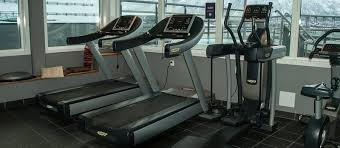
General Treadmill Troubleshooting
Before trying some of the more invasive solutions on this list, make sure the treadmill is actually getting power. Try plugging it into other outlets, as well as checking that the adapter is properly functioning. Many treadmills have a fuse either in the adapter or in the main console.
Check the user manual on where to find the fuse for your specific model. Check the fuse to make sure it hasn’t blown, as a blown fuse will also prevent your treadmill from turning on entirely. ALWAYS unplug your treadmill before doing any maintenance work on your treadmill. This includes anything from changing a fuse to taking apart your machine.
Troubleshooting tips: Only perform the troubleshooting tips listed in the owner's manual for your specific treadmill or recommended by your manufacturer.
Treadmill Display Doesn’t Turn On
Treadmills have a circuit breaker that trips if there is a surge of power. If your display doesn’t turn on, it may be because of a faulty motor control board, and there are a few troubleshooting steps you can try. You should make sure that the power cord for your treadmill is plugged in securely. Also make sure that you're using a single-outlet surge suppressor to protect your treadmill and power cord against power surges and electrical interference. If your treadmill display runs on batteries, make sure the battery either doesn’t need to be recharged or replaced.
If both of these options fail, you might have a damaged motor control board, try to unplug your treadmill for about 1-2 minutes before plugging it back in. This should reset the internal circuit breaker and hopefully fix the issue. If your treadmill relies on a magnetic flywheel, this may have fallen off or need to be replaced. If all else fails, you may need to call to have your treadmill serviced by a repair technician.
Treadmill Display Shows an Error Code
Another common problem of treadmills is display error and it may be due to the power cord being unplugged or not plugged properly. The error codes displayed on your display can vary depending on the manufacturer of the treadmill. Regardless of what kind of treadmill you own, there should be a list of common error codes in the manual. The manufacturer’s website should also have a comprehensive list of error codes for reference.
If you get an error code, simply look up the code online or in the manual. An E01 error code usually means that the console board or display is not communicating with the motor control board, which can result from a faulty data cable or poor belt lubrication. An E02 error code generally refers to a malfunction of either the console display or motor.
Follow the troubleshooting instructions that go with the error code as necessary. Error codes are some of the more hassle-free treadmill problems to fix. As an example, LifeSpan lists common treadmill error codes on their page. Nordictrack, on the other hand, lists these in their manuals. You can find the Nordictrack treadmill manual by searching for the model. Precor encourages you to contact them if experiencing a treadmill error code.
Given the range of errors that can happen, it’s critical to keep your owner’s manual on hand. You should also contact the manufacturer if unsure of how to resolve the error.
Slipping Belt on Treadmill
One of the most common problems that can come with a treadmill is a slipping belt. If you feel your treadmill belt slipping, it’s usually because either the belt is too tight, too loose, or has too much lubrication. To check if your treadmill belt is too tight or too loose, lift the belt in the center. You should be able to lift it about 2-3 inches. If you can’t lift it that far or if it lifts higher than 3 inches, the belt needs to be either tightened or loosened. Another source of slipping happens when the pulley, located under the front hood, loses its grip on the running belt.
Depending on the model of your treadmill, it's best to refer to the owner's manual to address aligning and tightening your belt. However, this problem can be avoided if you are providing regular maintenance on your treadmill. If the belt tightness isn’t the problem, it may be an issue with the belt being overly lubricated.
Treadmills require lubrication to limit the amount of friction between the platform and belt. Apply a thin layer on the entire running belt to ensure it is properly lubricated. You should lubricate your treadmill after 40 hours of use, or about every 6 months, whichever comes first. If you do over-lubricate your treadmill, there are ways to clean excess lubricant. First, try using soap and water to clean away any areas where there is too much lubricant. You can use a scrubber but scrub gently so that you don’t damage the mat.
Once done, dry the mat thoroughly so as not to warp your treadmill mat. If using soap and water doesn’t work, use denatured alcohol and scrub the treadmill vigorously. Since denatured alcohol evaporates on its own, you don’t have to worry about drying the mat to prevent warping. If there are still some remnants of lubricant left over, it should wear away on its own with use. If excess lubricant is causing your belt to slip, do not use your treadmill.
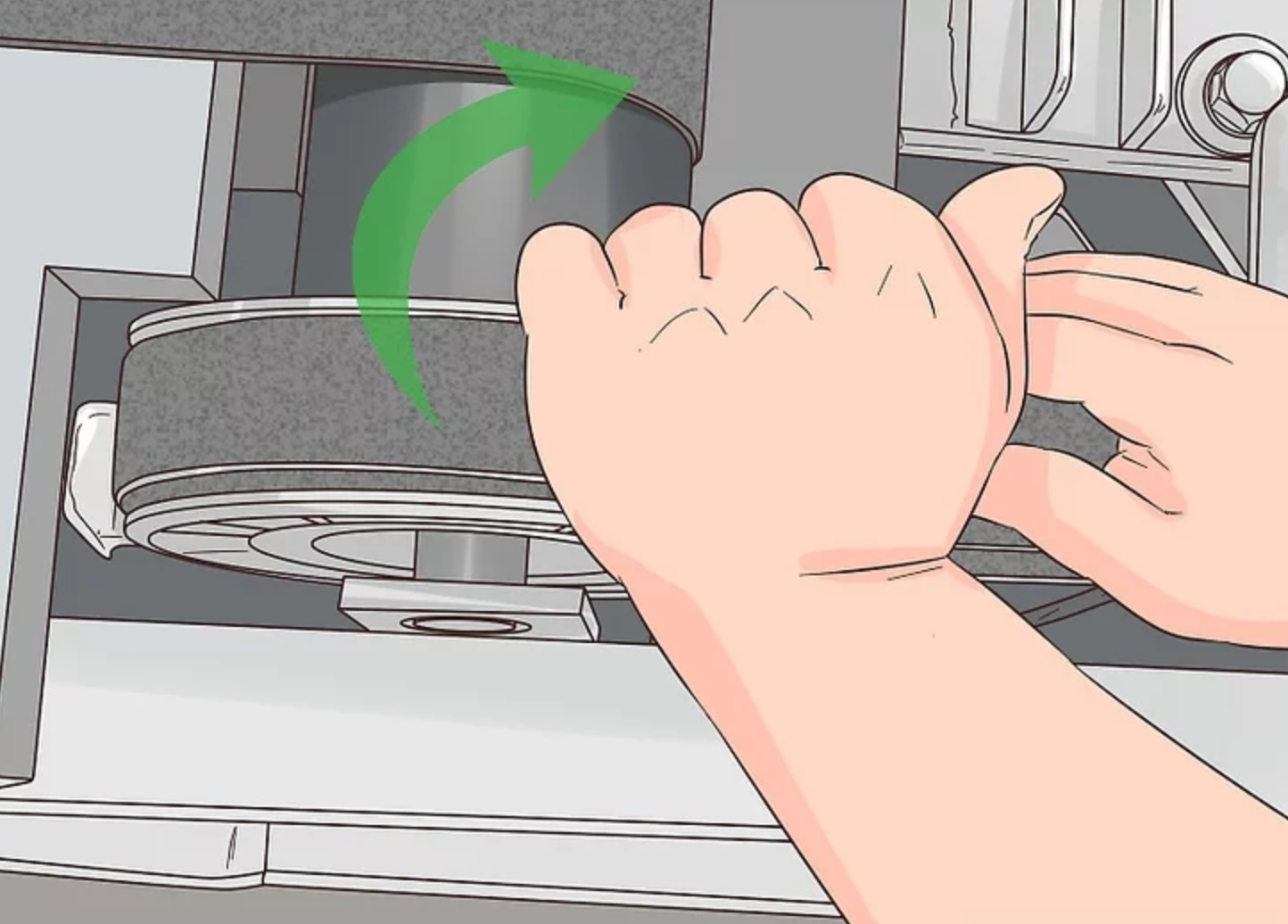
Erratic Speed on Treadmill
If you find your treadmill's speed to be inconsistent or erratic, there may be a few causes to this problem. First, check your user manual and set the treadmill to the recommended speed. DO NOT get on the treadmill at this point. Just let it run and observe for now. When taking note of your treadmill speed, you'll want to measure it on a leveled surface. If you see the belt getting caught or hitching, it’s possible you may need to replace the belt, or the mechanism that holds the belt in place may be faulty or damaged. Inconsistent speed can also be caused by loose connectors to the motor, lack of lubrication, or required maintenance to the belt.
When the belt just flat out stops or slows down suddenly, the issue may be with the motor. If the issue is with the motor, it’s recommended you contact a repair technician to service your machine. Also, make sure your treadmill is plugged directly into the wall. If your treadmill is not properly plugged in, power surges and fluctuations in your house can damage your machine, causing it to not run. Using an extension cord or anything other than a single outlet surge suppressor could affect the voltage actually reaching the machine, thus causing inconsistent speeds.
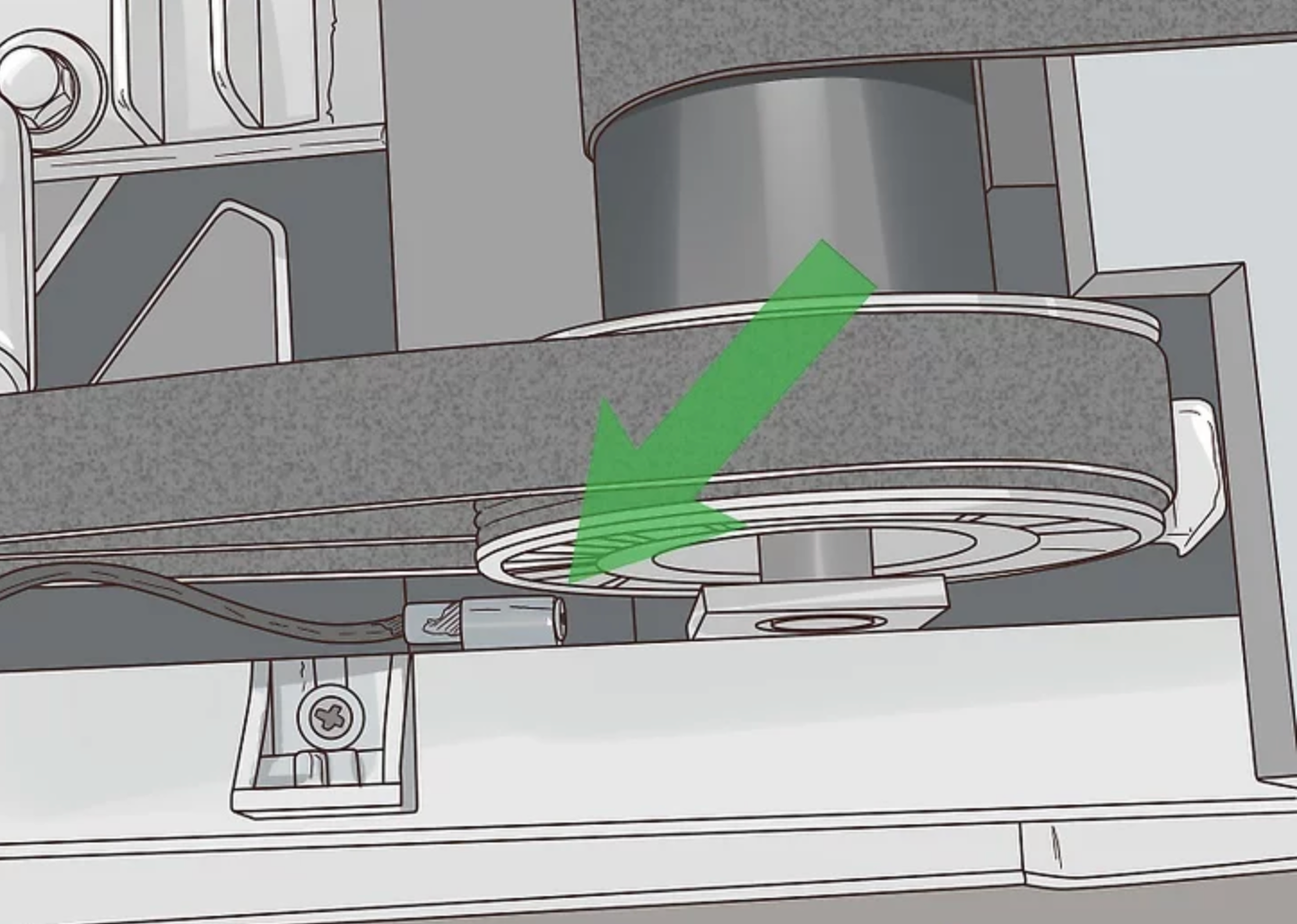
Burning Odor from Treadmill
If your treadmill has a burning smell to it whenever in use, turn off the treadmill and unplug it from the outlet. A burning smell could indicate anything from minor repairs like too much friction between the belt and the track, which can be fixed with proper lubrication, to a power surge causing an electrical short.
If the burning smell is more of a rubbery smell like burning tires, the smell is likely due to either too much friction from the belt or the deck. If it is more of a plastic smell, it could be an electrical short. In either instance, immediate treadmill repair is essential, and make sure it remains unused until fixed, as extended use could present a severe fire hazard. The risk of fire makes this one of the most important of the treadmill problems.
Treadmill Motor Problems
If your treadmill motor only operates at full speed, having motor issues could be a major safety hazard. Treadmill motor issues can result in erratic speeds, the belt flat-out stopping, or speeds inconsistent with the settings programmed into the treadmill. These motor issues could be due to anything from faulty wiring or belts in the motor, friction between the belt, breakdown of the mechanical parts, or issues with the chip in the motor that controls the speed at which the motor runs.
If your treadmill shuts down mid-workout, the motor may be to blame, or the machine may have a faulty circuit. Treadmill motor issues can be costly, but there isn’t really a way to fix the motor on your own as it’s difficult to pinpoint the exact issue, and getting the exact parts needed requires intimate knowledge of how the motor works. It’s best to call in a technician to evaluate and replace any parts with a malfunctioning or faulty treadmill motor.
If you are assured that the issue is a faulty motor belt, Amazon carries a few options. Treadmill motors can also be purchased at exercise equipment outlets both online and in-store. Make sure that these match your model/make. If your treadmill is still under a manufacturer warranty, you may be able to get the treadmill parts you need directly from them to keep your warranty active.
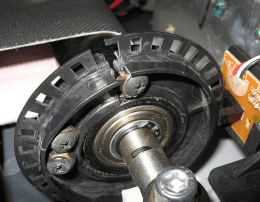
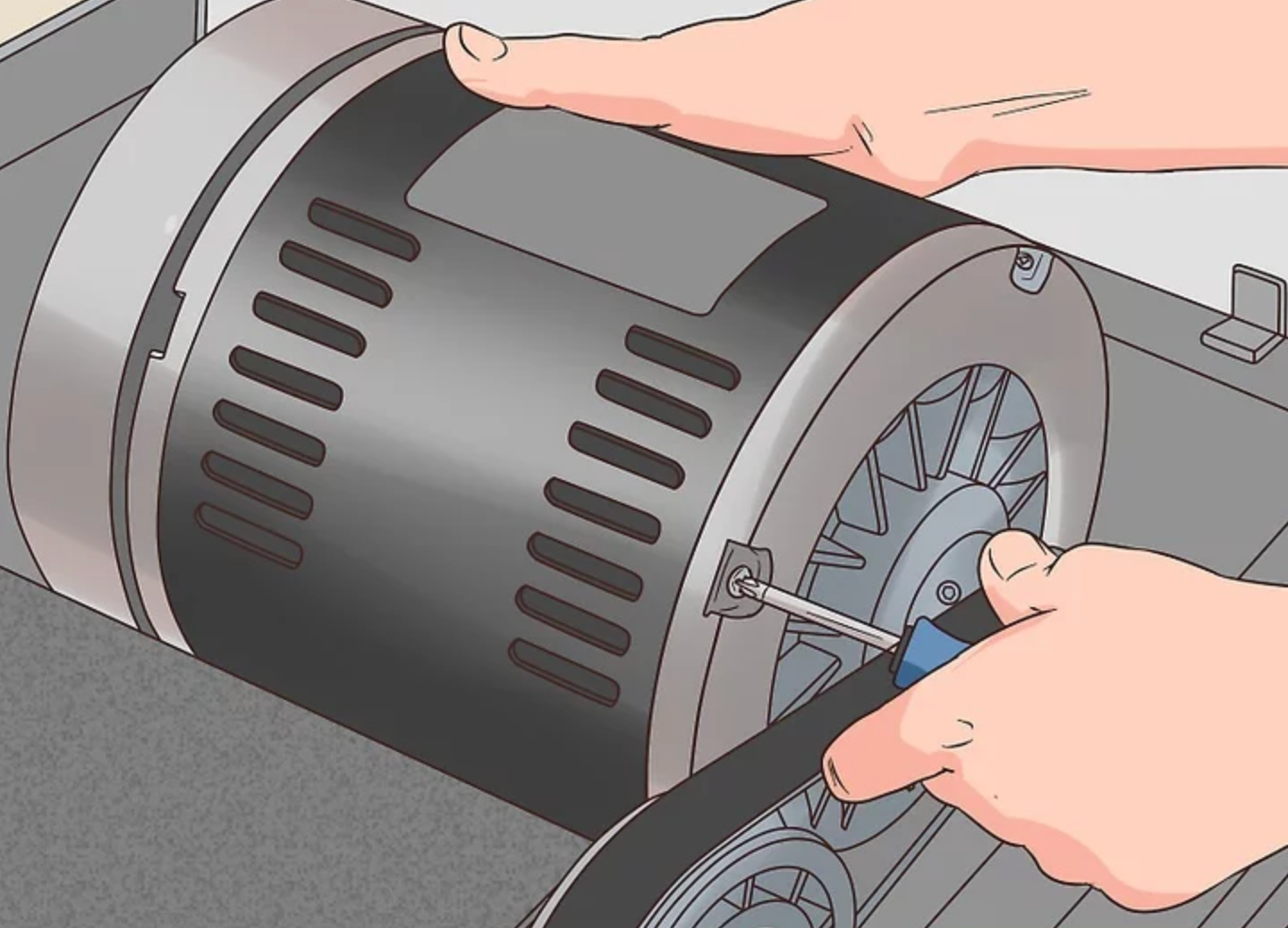
Inaccurate Speed Sensor on Treadmill
Another common treadmill problem is the speed sensor. The speed sensor essentially converts the revolutions per minute of the treadmill belt into miles/kilometers per hour. If there is something wrong with the speed sensor or if it is simply loose, the speed display may show some kind of error code. Rather than call in a tech to just tighten the connectors, you can check for yourself if the speed sensor has just come loose or if there is a problem with the sensor itself.
First unplug the treadmill, as you don’t want it turning on or moving while checking the speed sensor. Remove the motor cover and trace the black and white wires to the circuit board below. Then remove the wires from their terminals. Finally, remove the bolts securing the motor to the mounting bracket and lift from the opposite end of the front roller pulley. This should give the belt enough slack for you to remove it. Then position the motor upright to access the speed sensor and mounting bracket below.
Check to see if the speed sensor is securely mounted to the bracket. If not, then tighten the screws to secure the bracket further. Then, trace the lead wire from the sensor to the circuit board below. Test the continuity of the wire with a voltage meter. If the meter shows continuity, the sensor needs to be replaced. Replace the sensor if needed, then reassemble the treadmill by reversing these steps. Once the treadmill is reassembled, consult your owner’s manual on how to reset the treadmill and re-calibrate the machine.
Replacement sensors can be found at Amazon. Check the make/model to match your treadmill.
Treadmill General Safety
It’s important to follow some best safety practices when troubleshooting your machine. Never do work on a machine that is plugged into a power source. If the machine activates, or if there are electrical issues with the machine, working on a powered machine could pose a serious risk of injury or electrocution. Also, make sure that you have reassembled your machine prior to testing the belt or operating the treadmill.
The exposed moving parts can pose a major safety risk, as loose clothing or hair can easily get caught in the belts and track of the machine. Lastly, if you do not know how to fix a certain component of the machine, do not attempt to repair it yourself. Removing or improperly replacing parts can cause irreversible damage to your treadmill. This might also present other risks like a fire hazard or pose a danger to anyone using the treadmill.
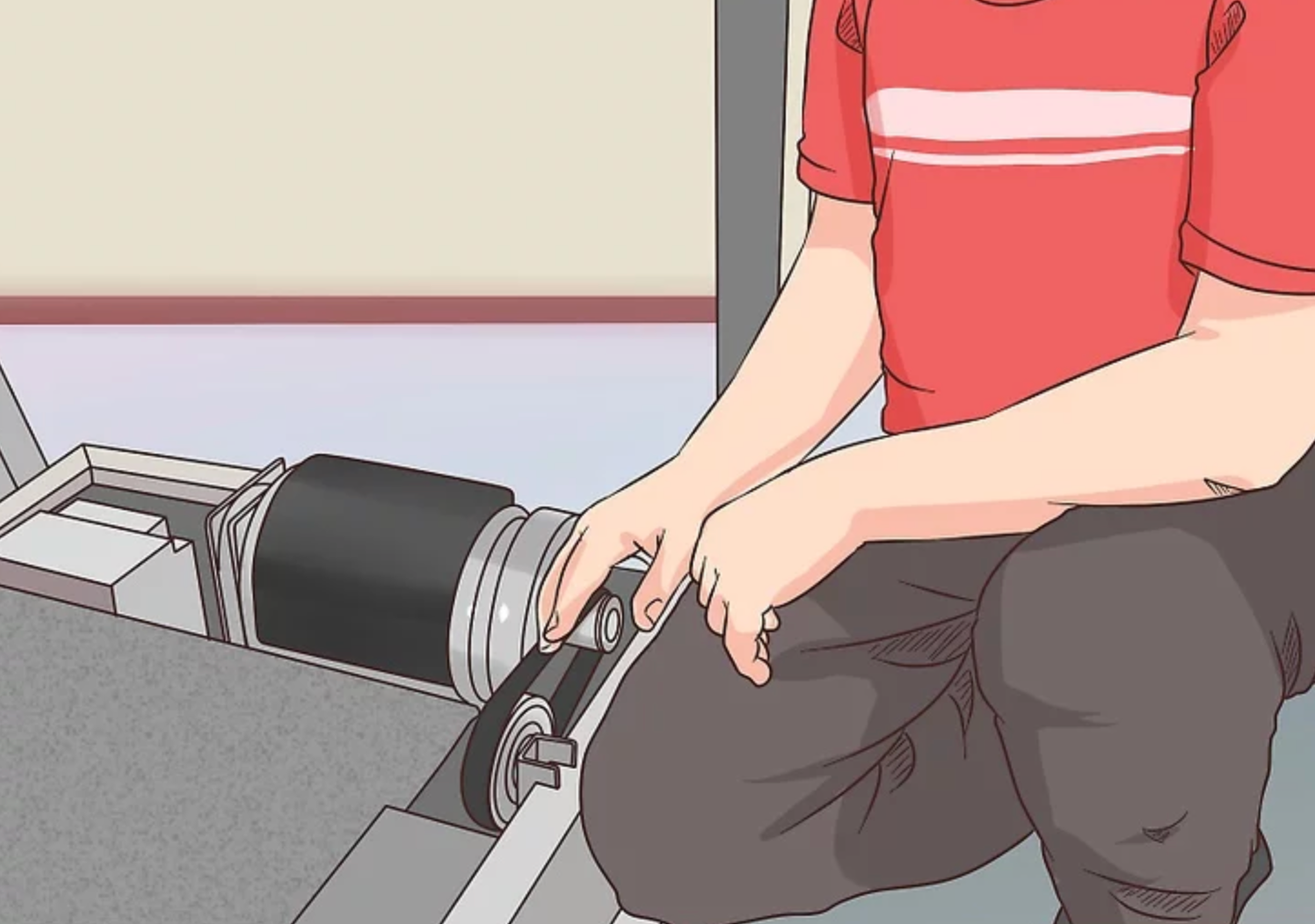
Conclusion
With these tips, you should be able to fix the most common treadmill problems and know when a professional technician might be needed. Always put your own safety first, and never do work on a live machine. While there are a lot of simple fixes like lubricating or cleaning a belt, anything involving a faulty motor or damaged parts should be handled by a trained repair technician who has the proper replacement parts at his disposal.

